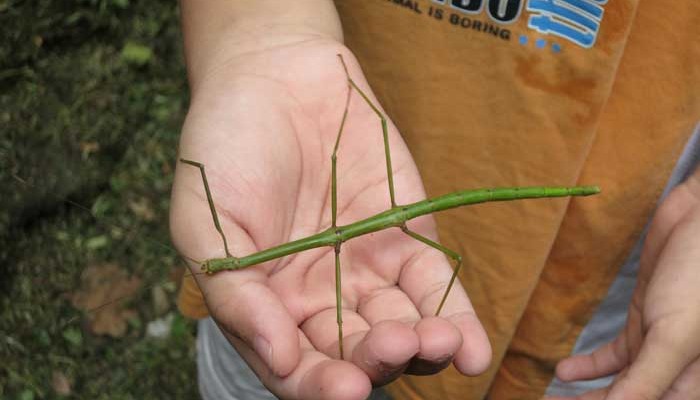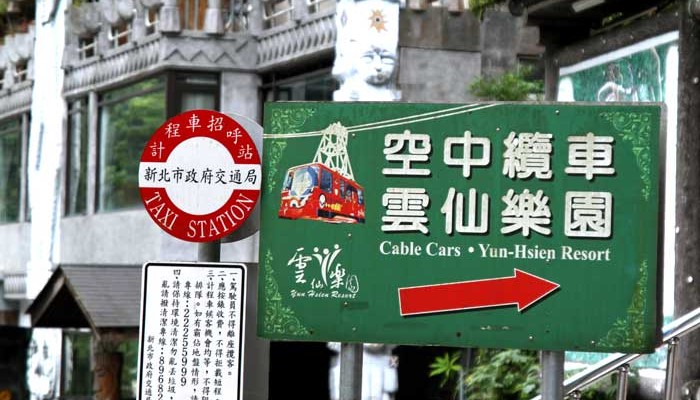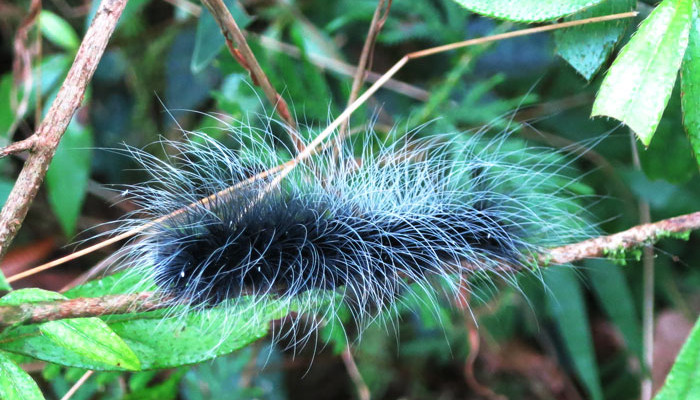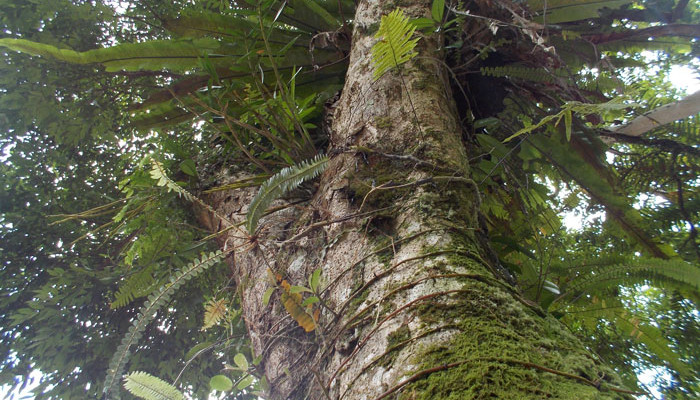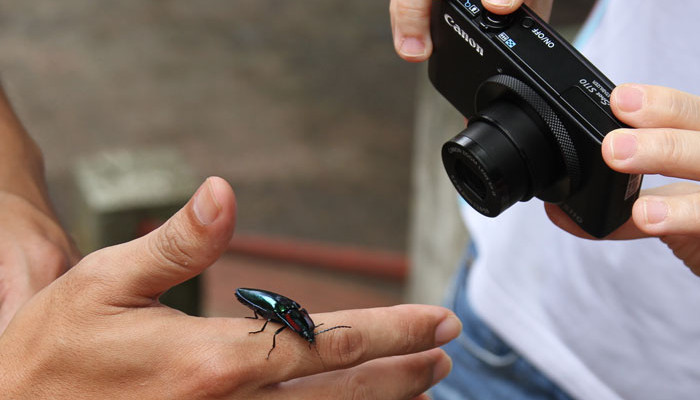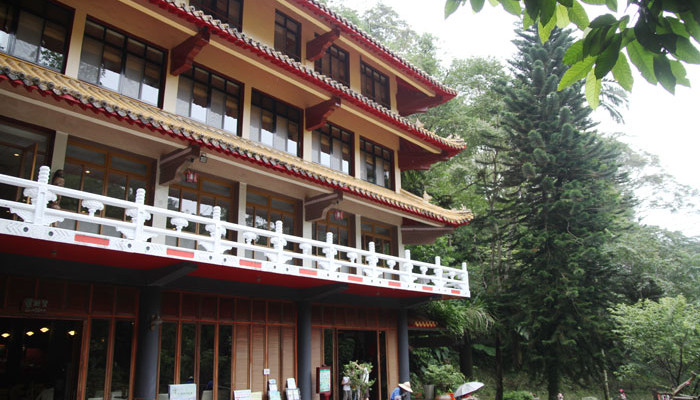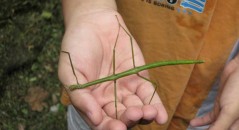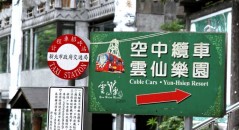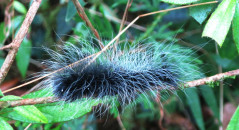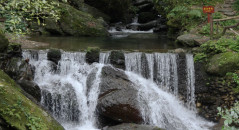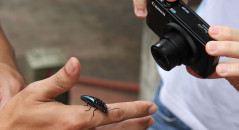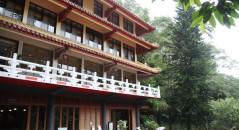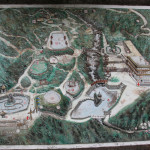Wulai is an extremely popular tourist destination in Xindian to the south of Taipei City, famed for the beautiful mountain scenery, rivers, rock pools, waterfalls, great hiking and perhaps most famously of all, hot springs.
In fact most of the hotels in Wulai and the surrounding area are hot spring based, but one notable exception is Yun Hsien Resort. There are no hot springs at Yun Hsien, so what, you may ask, does the resort aim to promote. Having stayed, I am still not sure.
The only way to get there is by cable car, which is modern, smooth, and even for those worried about heights, a breeze (it will be shut should conditions become too dangerous). The trip only takes a couple of minutes, and you can get some great photos if the weather is clear. If you are staying at Yun Hsien the cable car tickets are included, if not it costs NT$220 for adults and NT$150 for children.
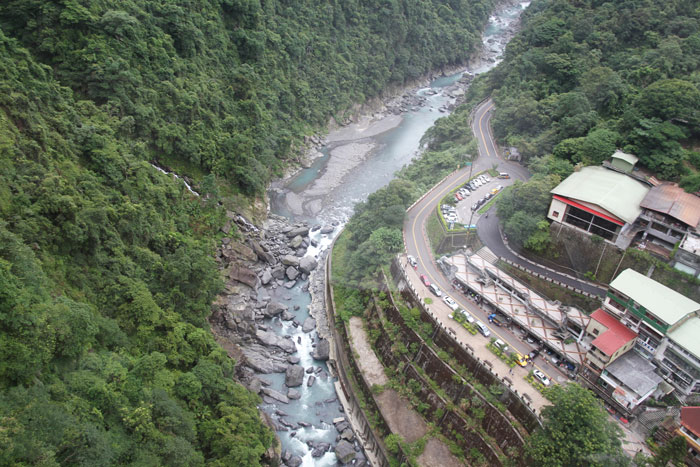
Looking down from the Wulai Yun Hsien Cable Car
If you are staying, after you arrive at the station, you can check your baggage in, and a baggage cable car takes it straight to the hotel. It is a good 20 minutes uphill with steps, so it is probably a good option.
The walk to the hotel is moderately strenuous for the non-hiker, and all along wide paved paths. It is worth taking your time and looking back over the mountains.
The accommodation is actually split into two areas; the main hotel and the villas, which are another 5 to 10 minutes up the mountain. The villas are quite cosy, with modern televisions with digital cable, air-conditioning and the showers have hot water.
If you are staying (around NT$4000 per room per night including pick up from the Wulai bus stop, cable car ticket and breakfast), you will have to eat in the main hotel complex at either the main restaurant which serves regular Chinese/Taiwanese fare or the coffee shop which serves regular microwaved coffee shop fare. The main restaurant was fine for lunch and dinner, but be prepared for a traditional breakfast of rice porridge, pork fibre, vegetables and tea eggs. There is toast and strawberry jam, and the coffee was fine (i.e. not instant or the dreaded all in one sweet mix).
This really defines the resort; it is a throwback to 20 or more years ago (it was actually built in the 1960s). This also immediately hits you as you explore the area. The tired looking aboriginal statues, the store modelled as one from 30 years ago, the “cute” zoo with rather haggard ostriches, worn boats for the kids to paddle, and perhaps most bizarrely of all, a ghost train.
Perhaps in the past this was something new, a fun park in the jungle, but it seems to be missing a real opportunity. Why have ostriches when the local wildlife is so abundant, why have statues of the indigenous peoples and no other explanation of the history, and why on earth have a ghost train? Taiwan and Taipei in particular has moved on and there are now plenty of alternatives that are very well done.
Having said that, there is one thing that stands out and makes a trip here well worthwhile; the environment. The rivers, waterfalls, breathtaking views, and just incredible wildlife and fauna are really special, and all of this in easy reach from Taipei City. It is easy to forget just how wild the areas around the cities are, but a visit here will surely leave you in no doubt.
Instead of focussing on the man made stuff, stop and look at the surroundings; they’re alive, quite literally. We walked past this tree a few times, but then we stopped and looked…
Hand-sized butterflies in a dazzling array of colours, lizards, beetles, caterpillars, birds and snakes, the amount and diversity of life is breathtaking.
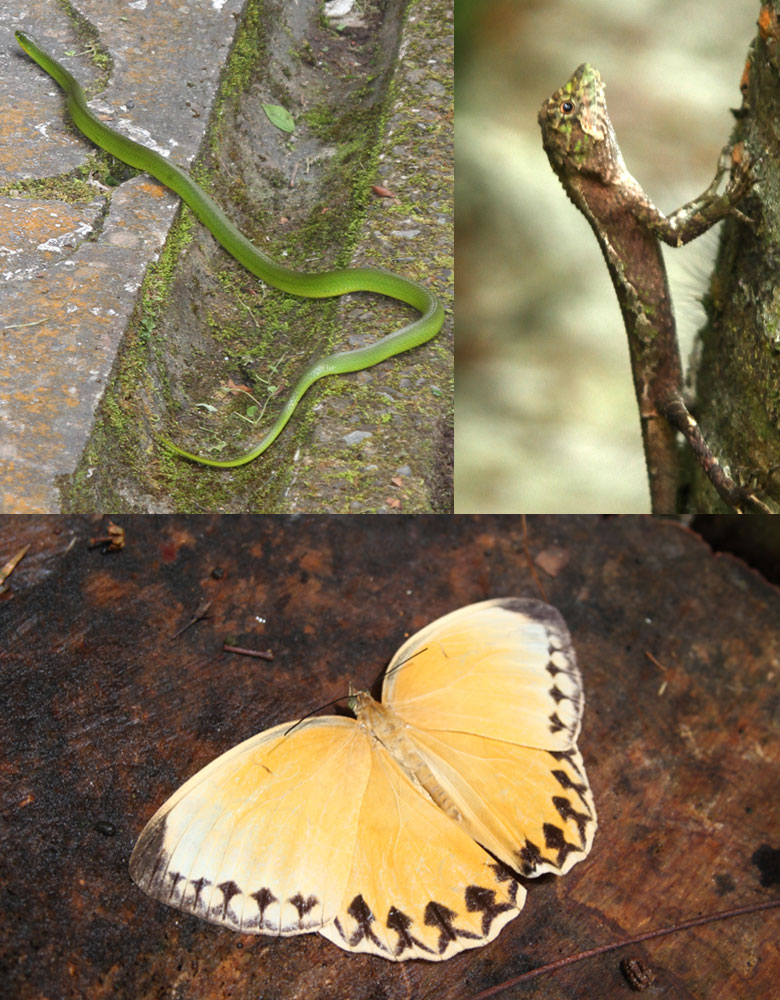
We learned later the snake was not poisonous. Green snakes with red tails are poisonous apparently.
As well as being eye-opening for the adults, the kids really enjoyed the experience, even though they would run a mile from any creepy crawly back in the city. Despite the amount of wildlife outside, nothing made its way into the rooms (at least that we could tell), and no one got stung or bitten.
So is it worth a visit? I think so. I would love to see the place refocus more on its natural environment, take a more tactful approach to the aboriginal culture, and add educational activities/displays such as being aware of pollution and the damage it can do. This was a focus of the very modern National Museum of Marine Science and Technology.
However, the location and natural wonders were a joy, there is lots of natural space for the children to enjoy, the swimming pool would be nice (only open from July to September) and if you don’t mind braving said wildlife, it is a reminder of just how close the jungle is.
See more photos in our gallery.
Website: http://www.yun-hsien.com.tw/

